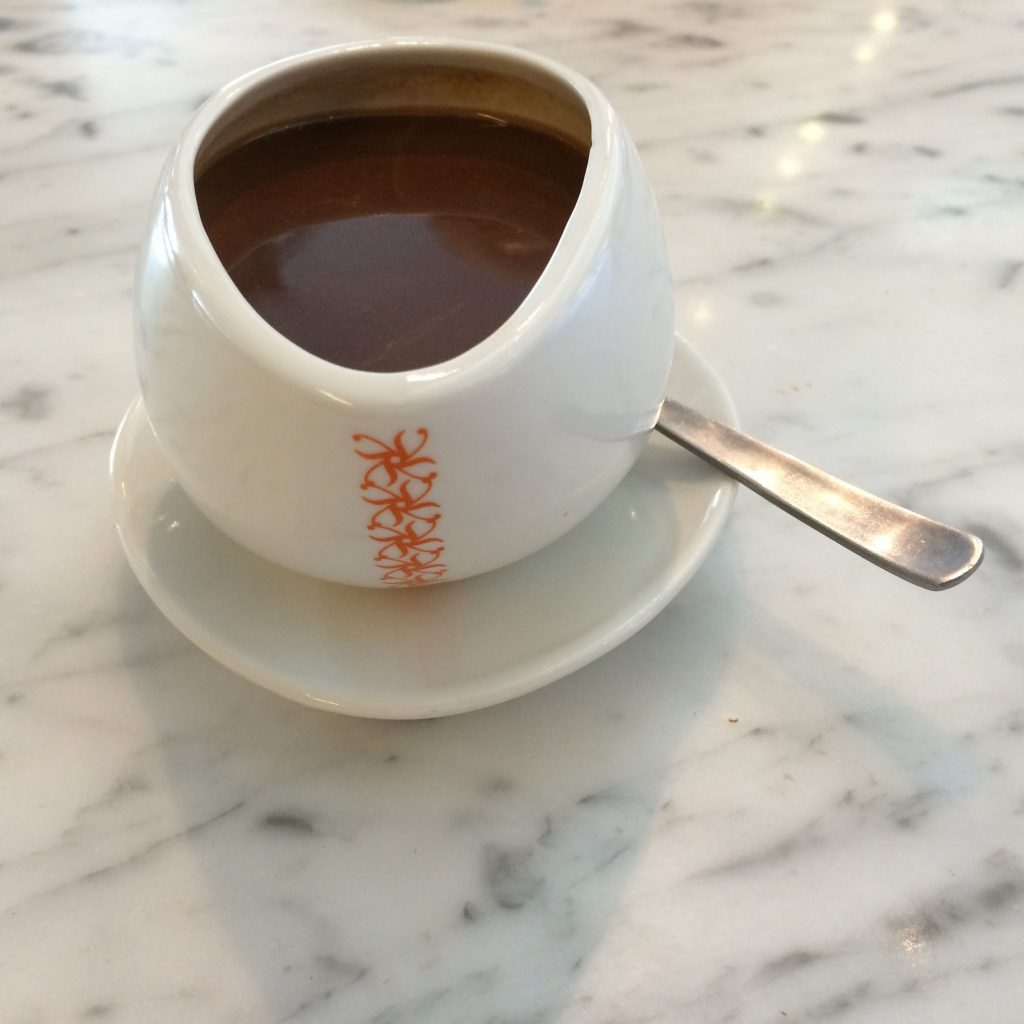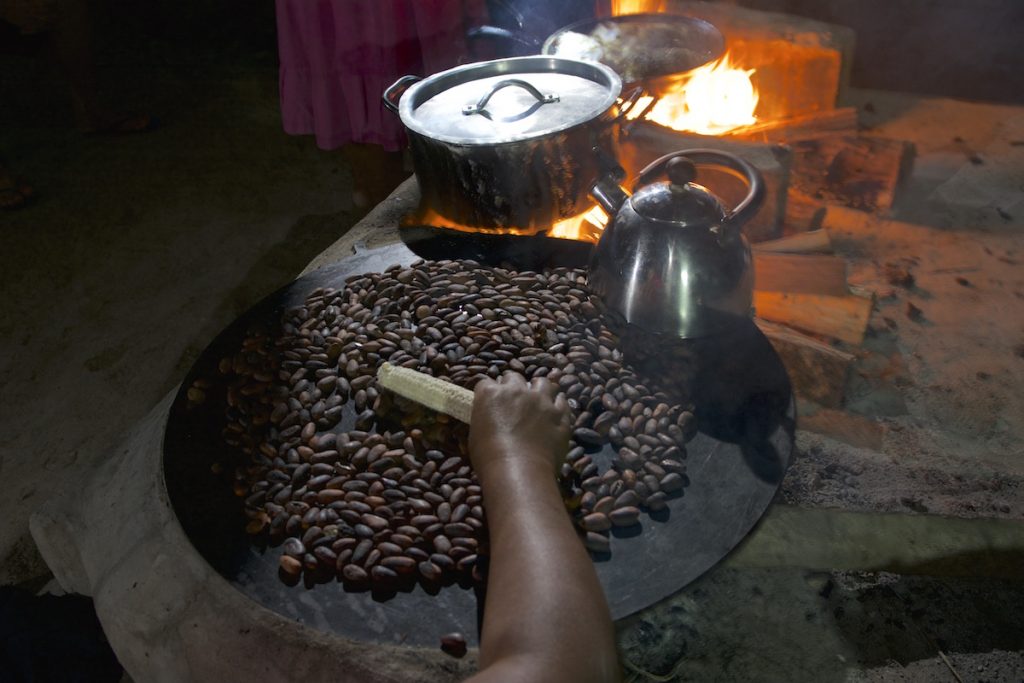The Great Chocolate Migration
Last fall, I was sipping Mexican chocolate at a chic little Singapore café. It was a local branch of a New York–based chain, which was started in Israel 20 years ago by a man who grew up with a love for Charlie and the Chocolate Factory, the wonderful tale by the British novelist Roald Dahl. My hot, frothy drink was modeled on the ancient forms of drinking chocolate that originated in pre-Columbian Mesoamerica, mixed with chile, cinnamon, nutmeg, and black pepper. It was sweeter and smoother than the version I’ve had in New Mexico, and it didn’t have the graininess of the drink I had in a little Maya village in southern Belize. But all in all, I rather liked my chocolate there on the aisle of a boisterous shopping mall 10,000 miles and centuries removed from the origins of cacao.
Max Brenner, founder of the café, aims to create a new culture, a “chocolate sensory immersion that encourages you to open your mind about how you connect with chocolate.” Today, chocolate cafés (he calls them bars) bear his name in Australia, Russia, Japan, and beyond.
If ever a single ingredient epitomized human nature, it must be chocolate. Can you think of another flavor we so universally covet? Or one that has traveled so far and seduced so many cultures? It’s known as the food of the gods, and it symbolizes an array of human emotion—from joy and love to passion and peace.
The summer before last, I was sitting in a dark little theater, early on a Saturday morning, for a conference in Silver City, New Mexico. I don’t make a habit of attending early morning lectures on the weekend, but this time, for chocolate, I did. Onstage was University of New Mexico anthropology professor Patricia Crown, discussing her research on the consumption of caffeinated drinks among early inhabitants of the Southwest (who also drank caffeinated holly).
Back in 1896, the first archaeologists to excavate in Chaco Canyon, the pueblo ruins in northwestern New Mexico, discovered 111 cylindrical jars in one particular room of Pueblo Bonito. At the time they had no idea what the jars were for, and around a century later, Crown wondered about it too. So she teamed up with Jeffrey Hurst, a Hershey Technical Center chemist, who analyzed pieces of those jars to determine the organic materials they held. What he found: theobromine, the active component of cacao.
Chocolate.
It had come up from Mesoamerica, where cacao was long consumed as a spiritually and medicinally important drink. Back then, it was mixed with maize, honey, chile, annatto, or vanilla, and it was frothed through whisking, shaking, or blowing. “The froth was considered the most delicious part of the drink,” Crown said.
Somehow, this special drink made its way 1,800 miles or more to the Four Corners region of the U.S. Southwest. Crown isn’t entirely sure how that happened—Did ancient Maya traders walk north? Did Chacoans travel south?—but cacao made the journey along with scarlet macaws. It was drunk throughout the Southwest as early as A.D. 750.
And now, many centuries later, I found it across the Pacific Ocean, served in a shiny white mug and labeled as “Mexican Spicy.”
Eyeing a stream of capitalistic consumption marching past me in that cacophonous shopping mall, I wondered what the ancient Maya would think.





























